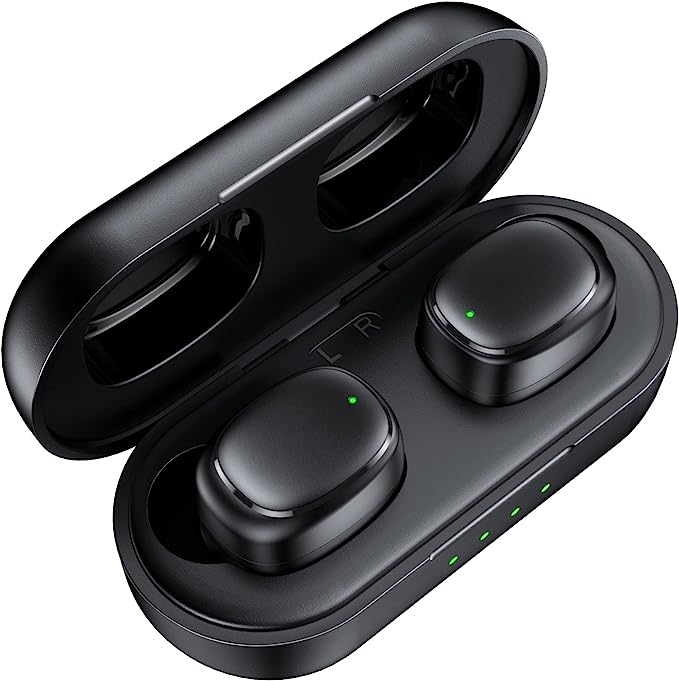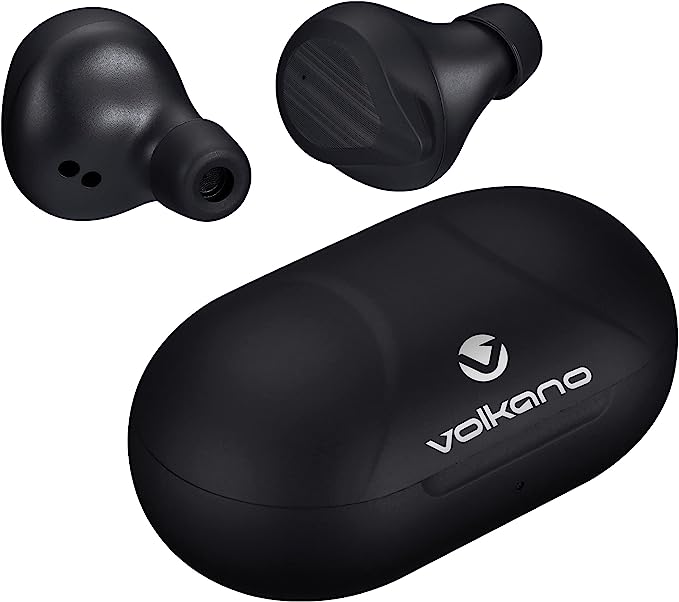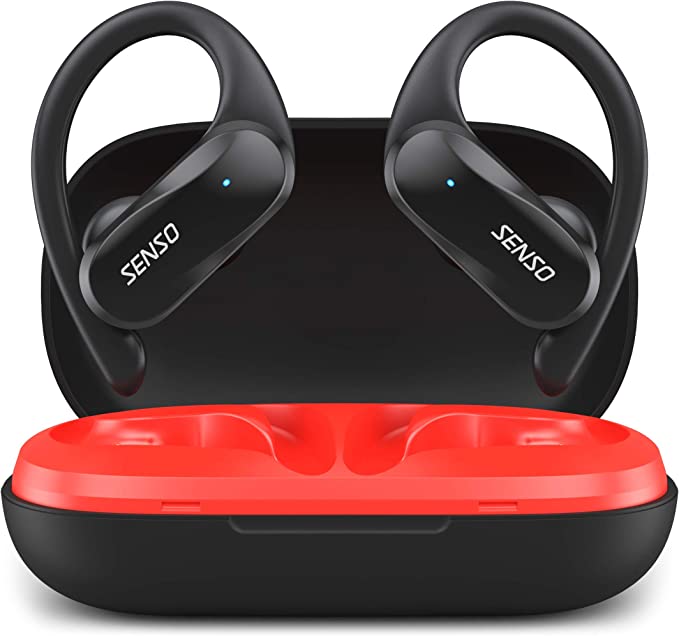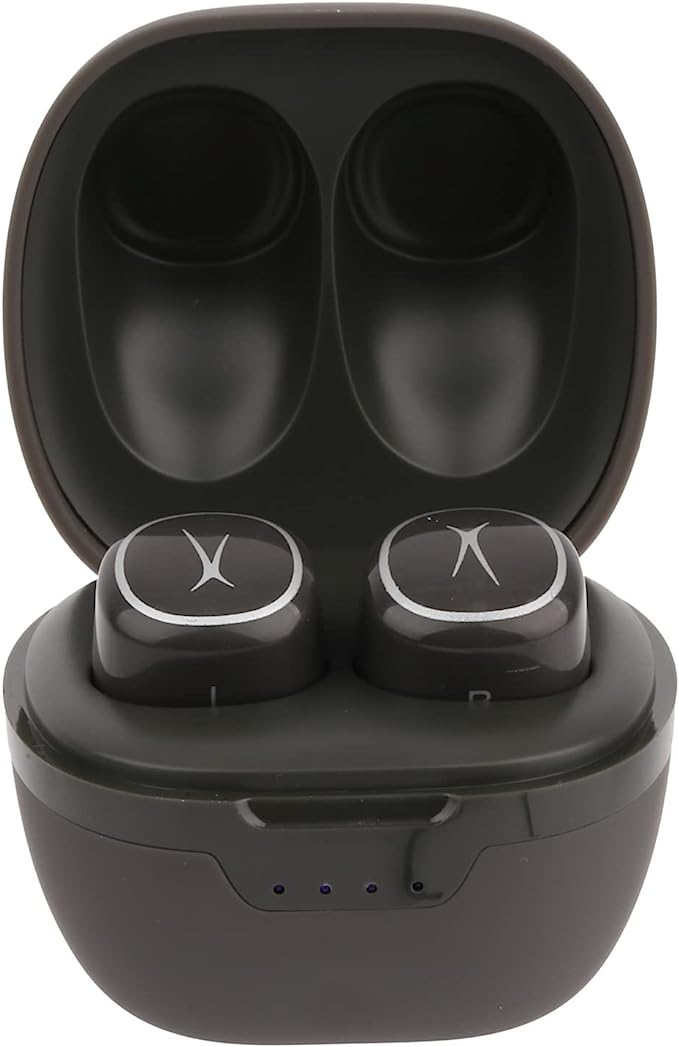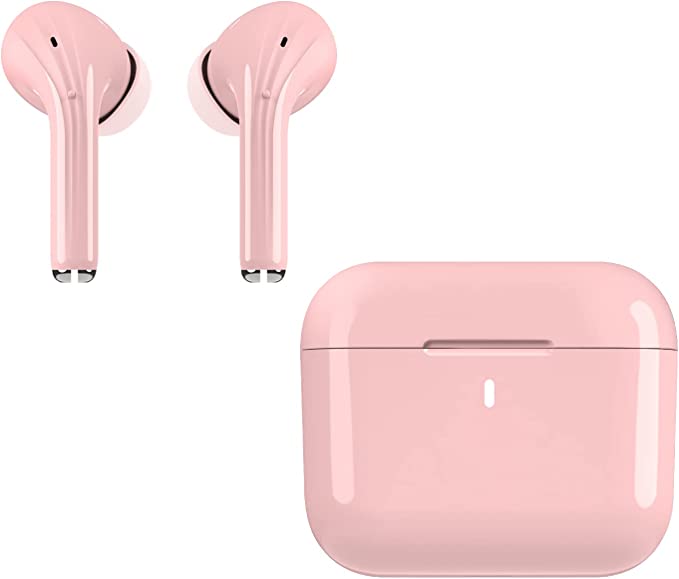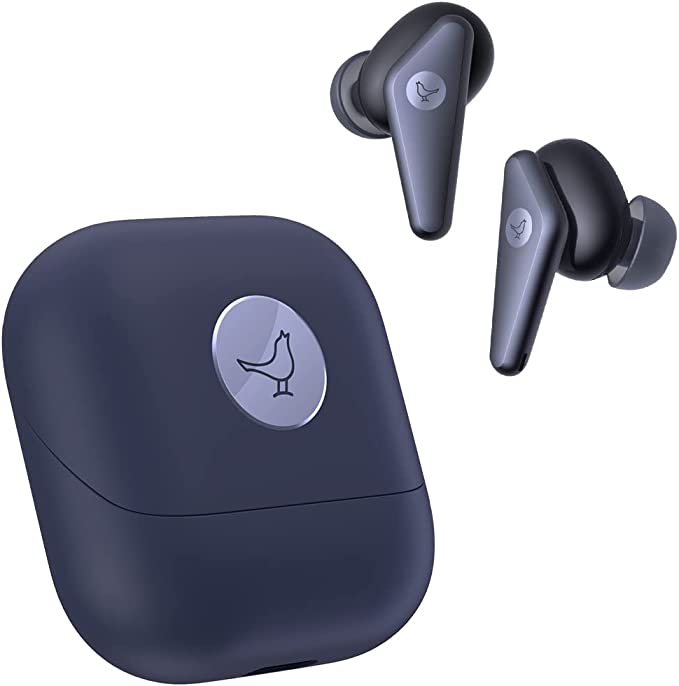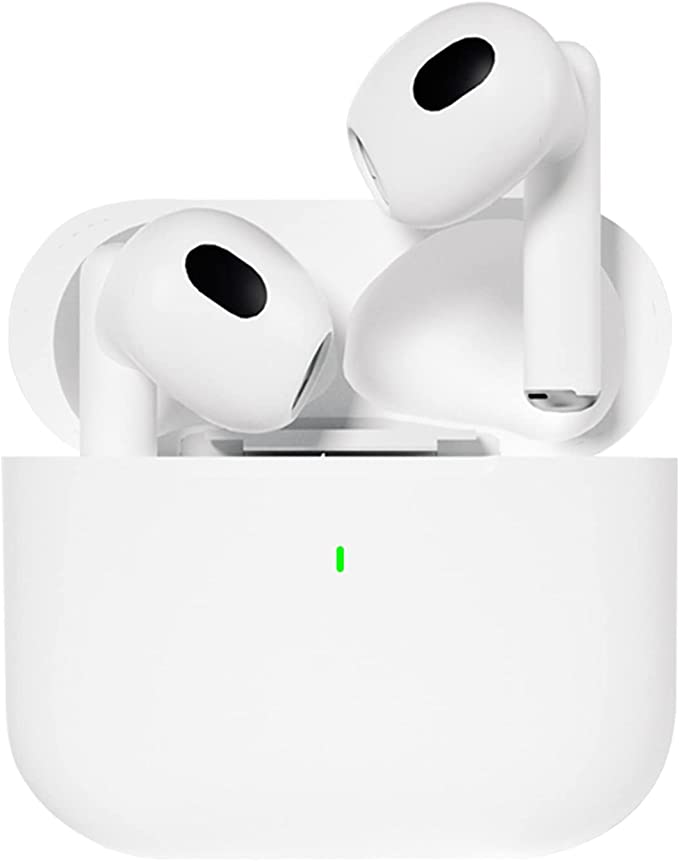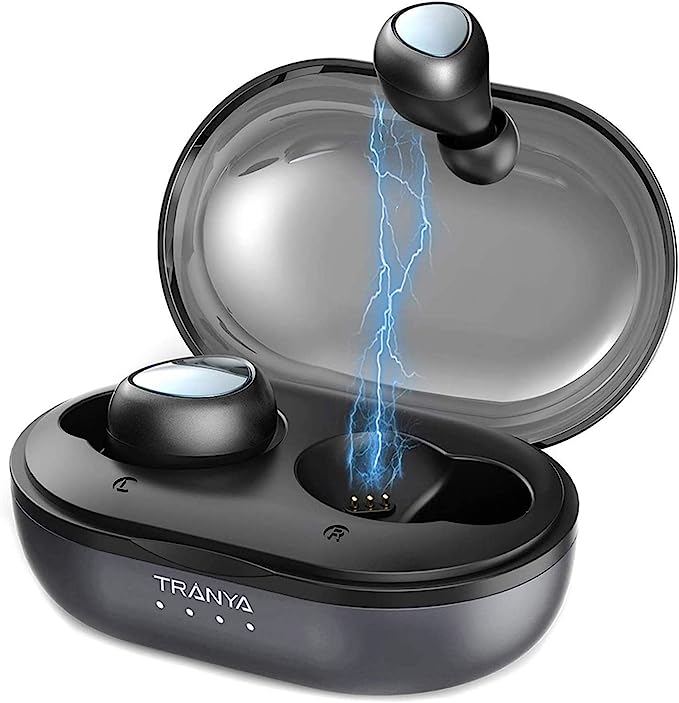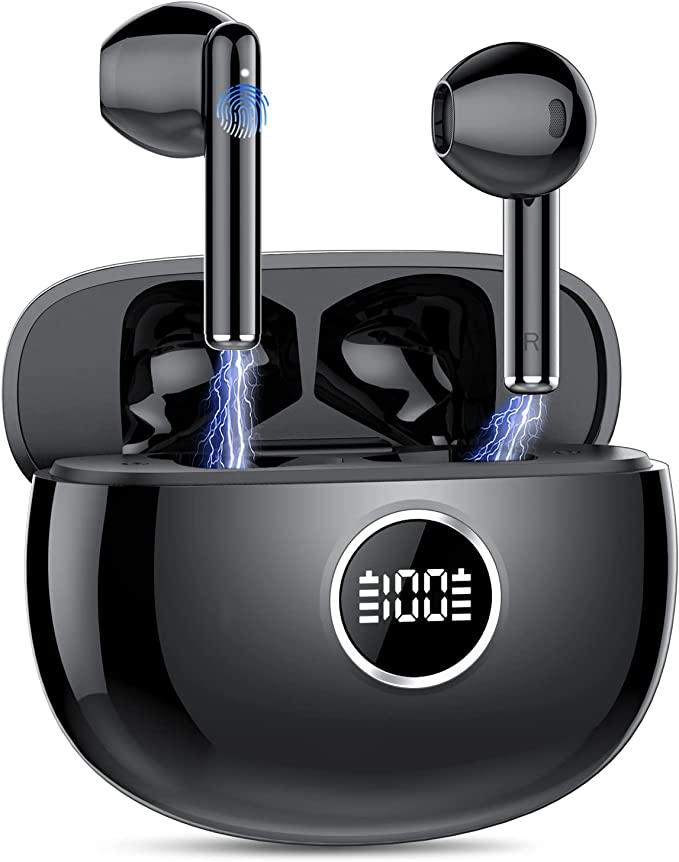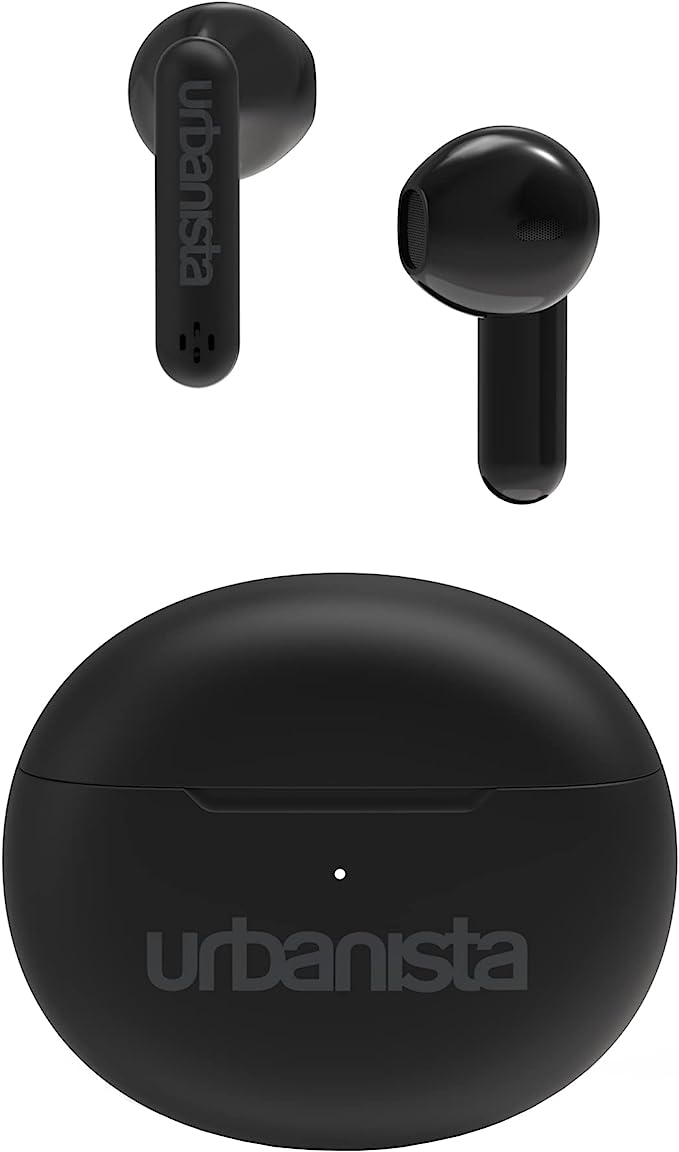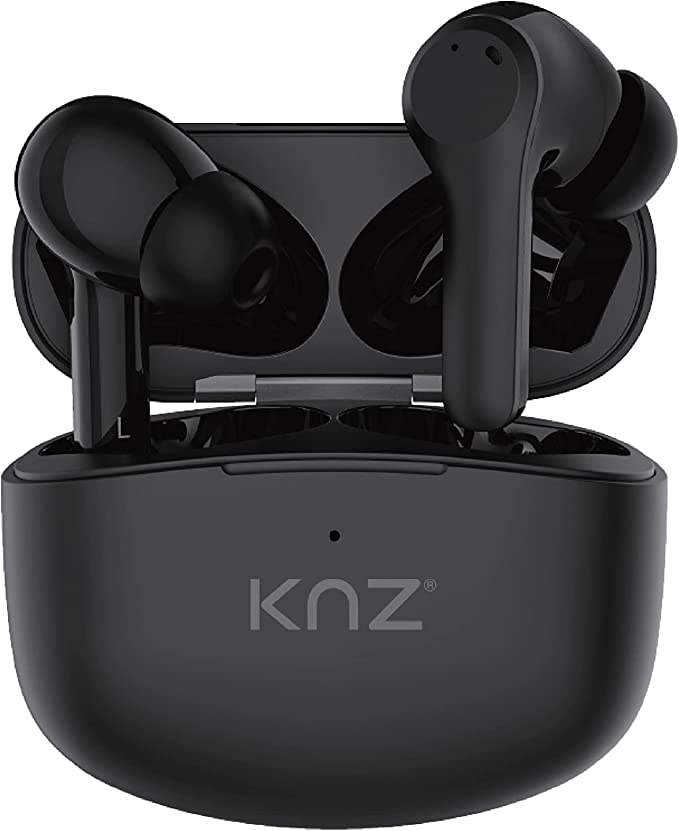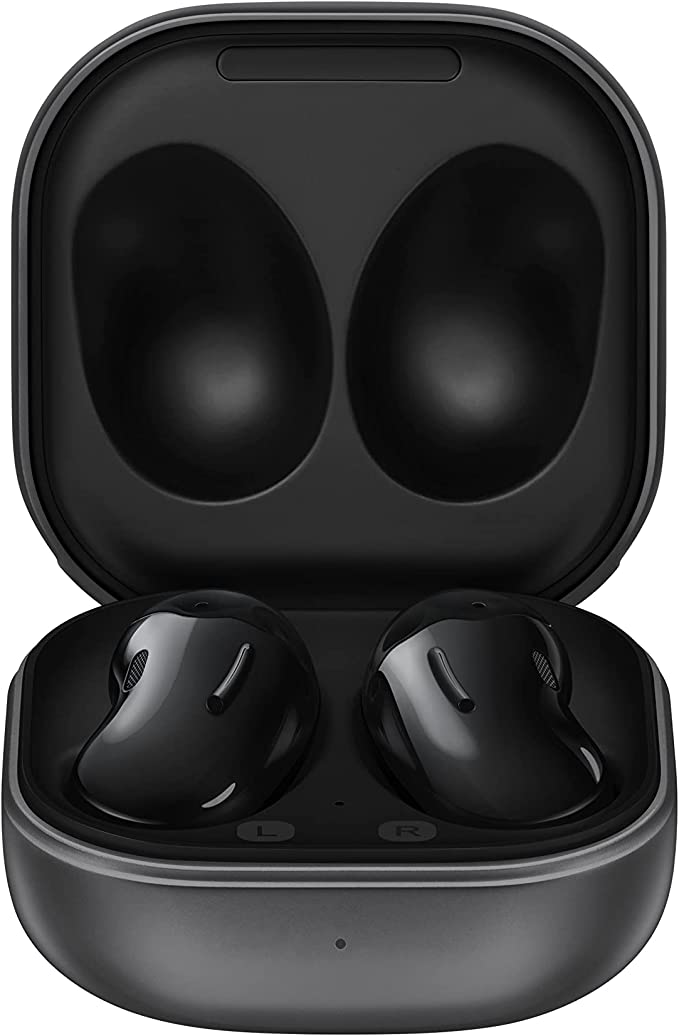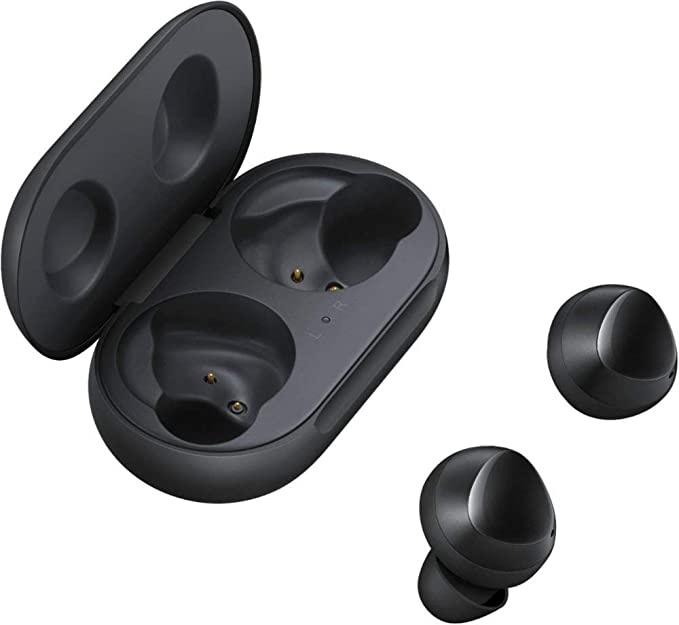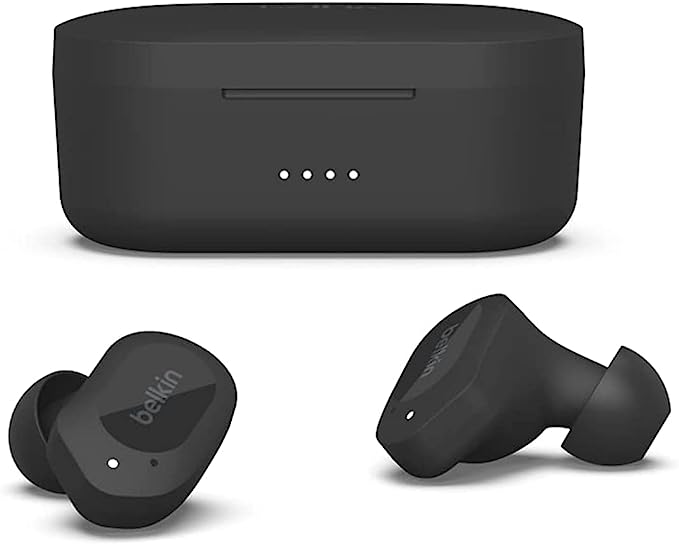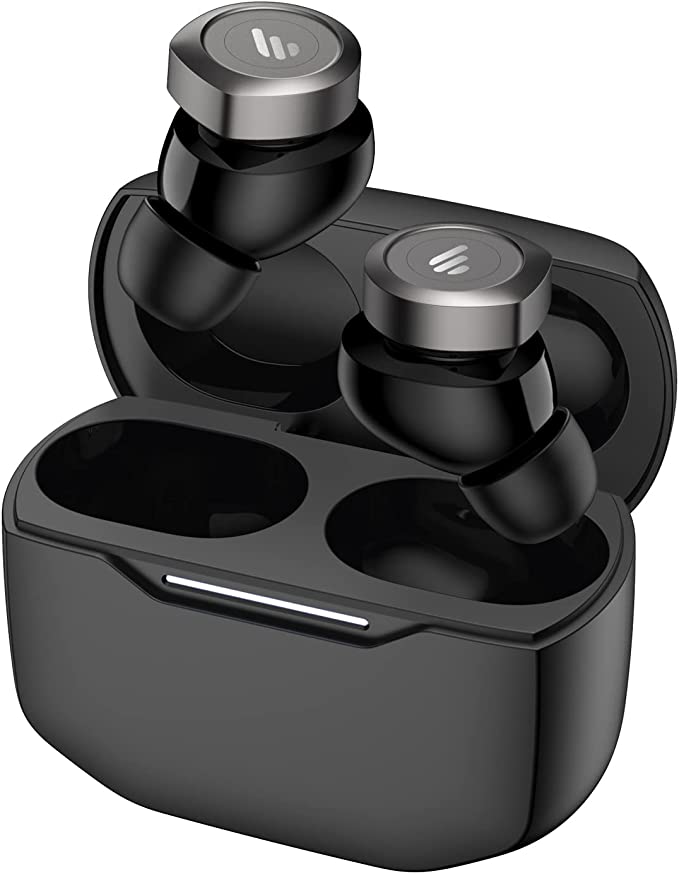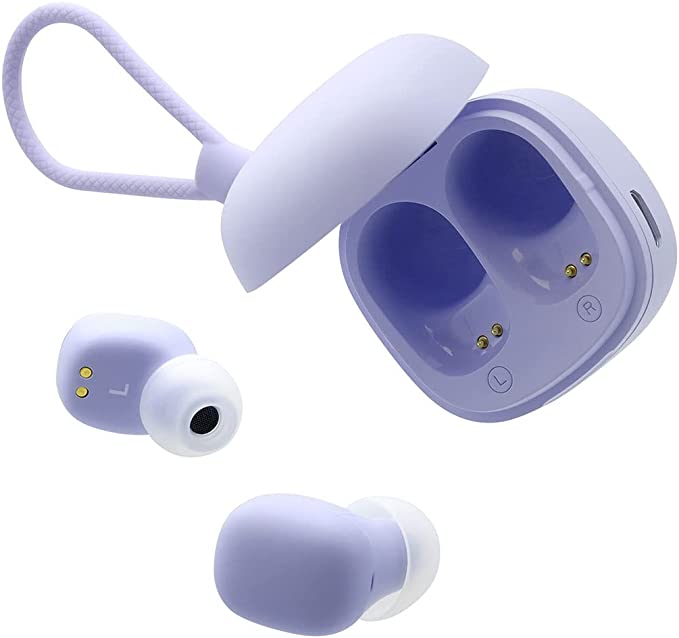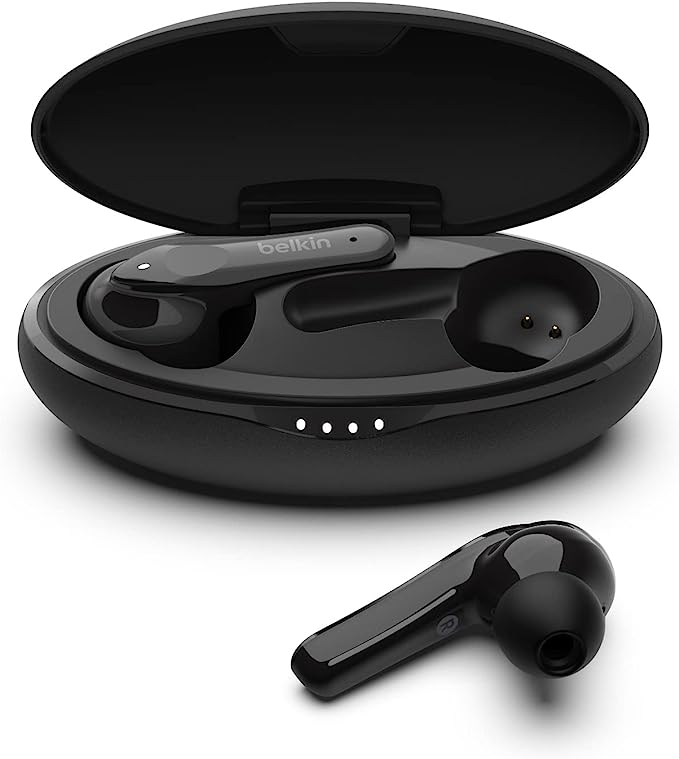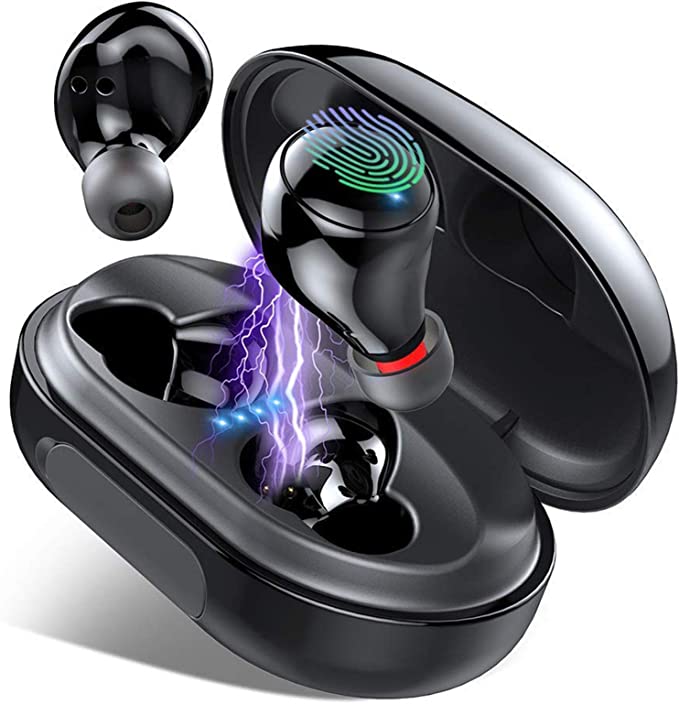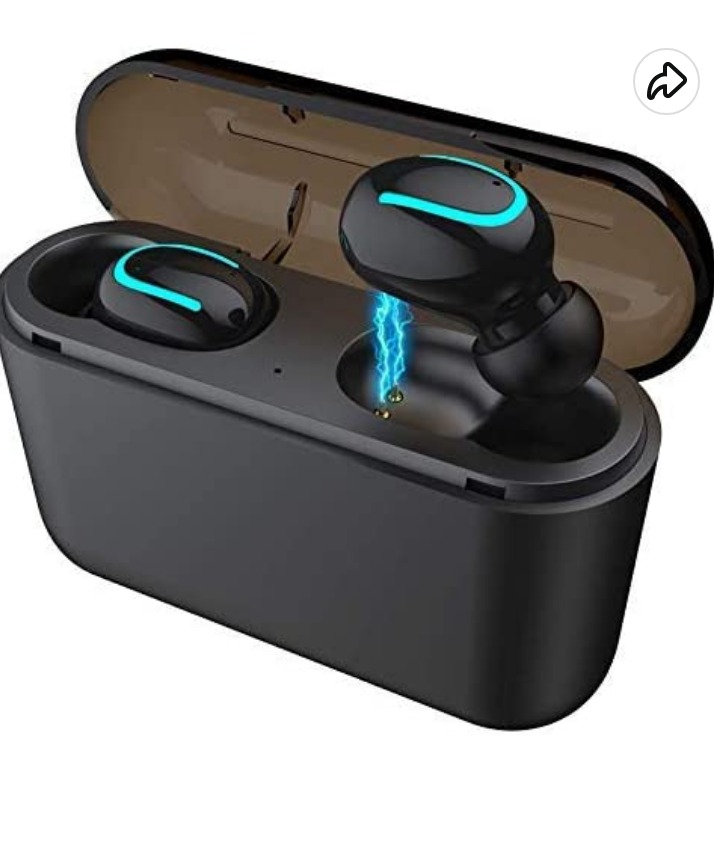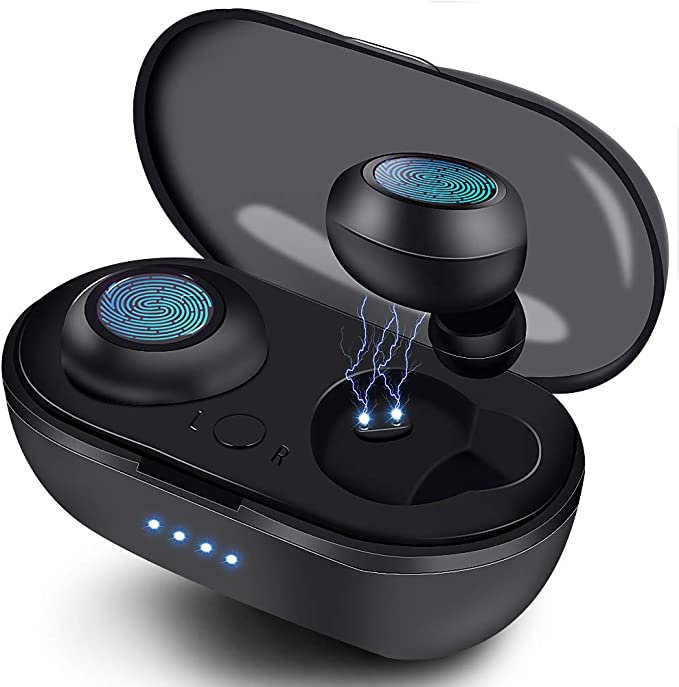occiam T17 Wireless Earbuds: Your Ultimate Workout Buddy
Update on July 4, 2025, 5:35 p.m.
Picture a jogger in 1985. They’re clad in neon, but their movement is hampered by a clumsy, bouncing cassette player strapped to their waist. A tangled wire snakes up to a pair of flimsy, foam-covered headphones that constantly slip, threatening to interrupt the tinny strains of their favorite song. This was the peak of portable audio: a tethered, cumbersome, and fragile experience. That jogger could hardly have imagined a future where their music would be delivered by two tiny, independent pods nestled securely in their ears, powered for days and completely untethered from any device.
How did we leap from that tangled past to the seamless audio freedom we now take for granted? The answer isn’t a single invention, but a quiet convergence of revolutions in power, connectivity, and design. A modern device like the occiam T17 Wireless Earbuds serves as a perfect artifact of this evolution, each of its features a chapter in a much larger story of science and human ingenuity.

The Unseen Revolution in Your Pocket: Taming Energy
Before you can cut the cord, you must first solve the problem of power. The earliest portable electronics were energy vampires, tethered to disposable AA batteries that were heavy and short-lived. The first true revolution came with the commercialization of the Lithium-Ion battery in the early 1990s. But the real game-changer for small, wearable devices was its lesser-known, more adaptable cousin: the Lithium-Polymer (Li-Po) battery.
Unlike the rigid, canister-like form of traditional Lithium-Ion cells, a Li-Po battery uses a polymer electrolyte, allowing it to be housed in a flexible, pouch-like foil. Think of it as swapping a brick for a powerful, shape-fitting cushion of energy. This flexibility is a designer’s dream, enabling engineers to pack more power into the non-uniform, curved spaces of devices like a charging case. The 600mAh (milliampere-hour) capacity of the T17’s case is a direct result of this technology. It’s a pocket-sized power station, capable of refueling the earbuds multiple times to deliver up to 48 hours of total playback—a marathon of power unimaginable to our 1985 jogger. The handy LED display on the case, which shows the remaining percentage, is the friendly, modern face of this complex electrochemistry, finally solving the universal anxiety of a suddenly dead battery.

The Magic of the Unseen Handshake: Cutting the Cord
With a stable power source secured, the next challenge was the wire itself. The solution began not in an audio lab, but in a Scandinavian telecommunications company in 1994. Named after a 10th-century Viking king who united disparate Danish tribes, Bluetooth was conceived as a universal standard to unite different devices. In its infancy, it was a slow tool for transferring data. It took years of refinement before the technology was robust enough for the high-fidelity Advanced Audio Distribution Profile (A2DP), which allows for the streaming of stereo sound.
What feels like magic today—taking your earbuds from their case and having them instantly connect to your phone—is the elegant result of this decades-long evolution. This “one-step pairing” is essentially a memorized digital handshake. The first time you connect, the devices exchange security keys and your phone’s unique identifier is stored in the earbuds’ memory. On subsequent uses, the earbuds power on and immediately broadcast a signal, searching for their trusted partner. The seamless connection of the T17 is a testament to the unseen, silent work of the Bluetooth protocol, a digital ghost in the machine that has finally set our music free.

Designing for the Body: The Art of Staying Put
Power and connectivity are moot if the device won’t stay on your body. This is where ergonomics—the science of designing for human use—takes center stage. The flimsy, hard plastic headphones of the past were designed for audio, not for anatomy. Modern earbuds, particularly those for sports, are sculpted with the human ear in mind.
The most critical element in this ergonomic puzzle is often the material. The T17 employs flexible silicone for its ear hooks. Silicone rubber is a marvel of material science; it’s a polymer that is chemically inert, meaning it won’t react with skin or sweat. It has a high coefficient of friction, giving it a natural “tackiness” that gently grips the skin, and its flexibility allows it to conform to the unique contours of each person’s ear without creating pressure points. When a design featuring such a material is paired with multiple sizes of in-ear tips, it creates a customized, secure seal. This not only anchors the earbud during vigorous movement but also improves the audio experience through passive noise isolation, blocking out external sounds and allowing the bass to resonate more fully.
Built for the Real World: The Armor of Ingress Protection
Early electronics were delicate things, meant for the climate-controlled safety of a living room. An active lifestyle, however, involves sweat, rain, dust, and impact. To create technology that can survive the real world, engineers needed a universal language for durability. This language is the Ingress Protection (IP) rating, a standard defined by the International Electrotechnical Commission (IEC).
The IPX5 rating on the occiam T17 is a specific, verifiable claim. The ‘X’ means it hasn’t been rated for dust protection, but the ‘5’ is what matters for a workout. It certifies that the device’s enclosure can withstand sustained, low-pressure water jets from any angle. The test involves spraying the device with 12.5 liters of water per minute for at least three minutes. In practical terms, this means it can easily handle profuse sweating and being caught in the rain. It is a scientifically verified seal of approval, promising that the sensitive electronics within are shielded from the elements you’re most likely to encounter on a run or in the gym.

The Symphony of a Modern Earbud
Looking back at our jogger from 1985, we see how far we’ve come. The freedom they could only dream of is now an everyday reality, not because of one single breakthrough, but through a quiet symphony of innovation. The dense, flexible power of Lithium-Polymer batteries, the invisible handshake of Bluetooth, the body-conscious design of ergonomics, and the rugged assurance of IP ratings have all converged in these tiny, powerful devices.
A wireless earbud like the occiam T17 is more than just a product; it’s a milestone in our quest to seamlessly integrate technology into our lives. It stands on the shoulders of giants—of chemists, physicists, engineers, and designers—who, over decades, solved one problem at a time to finally cut the last cord, leaving us with nothing but the pure, untethered rhythm of our own lives.
